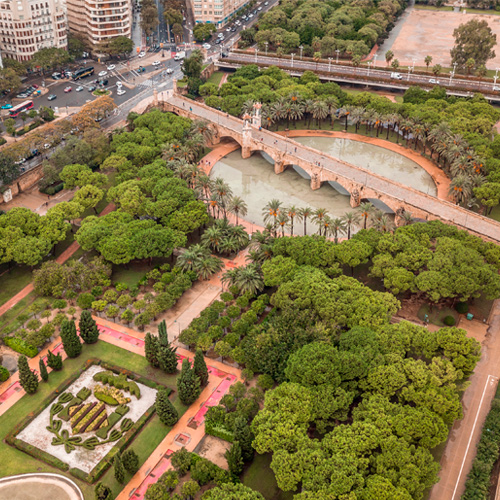
Green corridor
Green corridor
Do you know what a green corridor is? We tell you more about these projects that are aimed towards a more sustainable future.

What are 15-minute cities?
One step from everything
The concept of the 15-minute city has gained popularity in urban planning and has been adopted by several cities around the world. This approach is gaining relevance as a response to the challenges facing urban areas today, especially in the context of the energy transition.
Rapid urbanization, the increase in traffic congestion, and environmental concerns have driven the search for solutions that transform our cities into more sustainable and habitable places for their residents.


15-minute cities: what they are, benefits, and examples
The 15-minute city concept aims to have stores, schools, parks, and workplaces located within a 15-minute accessible walking or biking distance from anywhere in the city.
The 15-minute city concepts, introduced in 2016 by the urban planner Carlos Moreno, proposes a vision of urban planning that prioritizes proximity and accessibility to essential services. This approach has a clear purpose: to reduce dependence on automobiles by encouraging more sustainable alternatives, such as the use of renewable fuels, with the aim of improving the quality of life of residents and promoting environmental sustainability.
At the heart of this idea lies the creation of denser and more functional urban environments, where people can satisfy most of their daily needs without the need for extensive commuting. This approach not only helps to reduce traffic congestion and greenhouse gas (GHG) emissions, but also encourages social interaction and physical activity, promoting a healthier and more connected lifestyle within the urban community.
What are the characteristics of 15-minute cities?
15-minute cities are characterized by a number of key elements designed to improve the quality of life for their residents. These elements may vary by location and city-specific planning, but generally include:
Energy communities
Individuals, SMEs, cooperatives, and local authorities... The fight against climate change is everyone's business.
Benefits of chrono-urbanism
Chrono-urbanism is an urban planning approach that focuses on time as a key element in urban life. It seeks to design cities and spaces that optimize residents' time management, reducing long commutes and promoting greater efficiency in the use of time.
In many respects, chrono-urbanism shares similarities with the 15-minute law. Both focus on making cities more livable and people-centered by reducing travel times and improving quality of life.
Reduce stress
By optimizing travel, minimizing traffic, and facilitating accessibility to essential services, it helps reduce the stress associated with daily commuting.
Save time
Time management means that daily activities are performed more quickly and effectively. This gives people more leisure time.
Improve productivity
By implementing chrono-urbanism strategies, productivity is improved by reducing travel times and allowing for greater focus at work.

Sustainable mobility
Sustainable urban mobility is based on reducing greenhouse gas emissions and energy consumption through the adoption of clean energy sources and the use of renewable fuels, such as biofuels.
Air quality
By reducing traffic congestion and promoting cleaner transportation, urban air quality is improved, benefiting the health of residents.
Encourage healthy lifestyles
It facilitates access to parks, green areas, and walking and biking trails, which encourages physical activity and a healthy lifestyle.
Local economy
By promoting the proximity and accessibility of essential services, it boosts support for local businesses, generating an economic impact on the community.
Examples of 15-minute cities
Many cities are adopting this approach to improve the quality of life of their residents and promote urban sustainability. Some examples of sustainable cities that have adopted similar principles or are working on their implementation are:
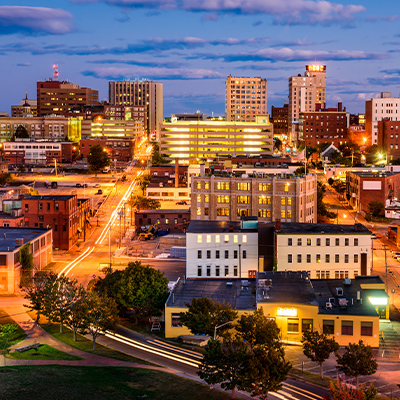
Paris, France
It is one of the most prominent examples. Mayor Anne Hidalgo has promoted policies to create self-sufficient neighborhoods where daily necessities can be covered within a short radius.

Barcelona, Spain
It has developed the Supermanzanas Plan, which reorganizes traffic and mobility to prioritize pedestrians and cyclists, thus creating neighborhoods that are more accessible to people.
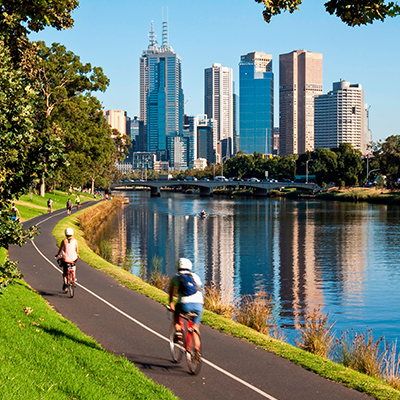
Melbourne, Australia
It has implemented strategies to encourage pedestrian and bicycle mobility, along with urban planning that promotes self-sufficient neighborhoods with a wide range of local services.
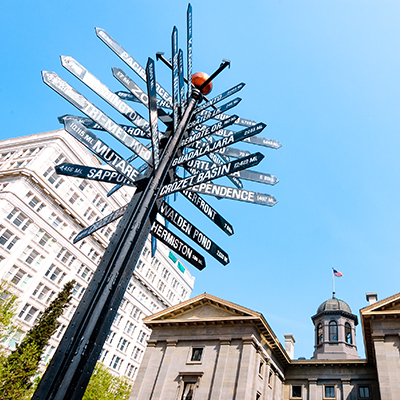
Portland, Oregon, USA
Known for its sustainable approach and people-centered planning, it has worked to create neighborhoods where services and activities are within walking or biking distance.
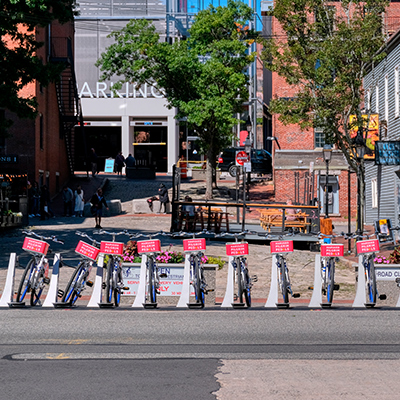
Portland, Maine, USA
The City of Portland in Maine has been working on creating more sustainable and accessible neighborhoods, following the 15-minute city model.
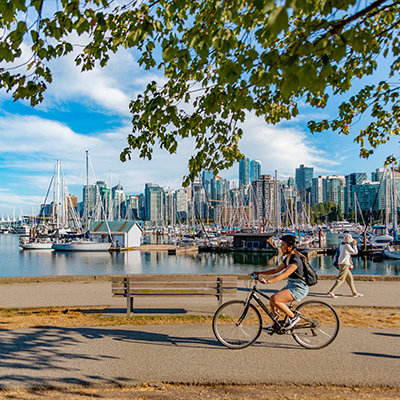
Vancouver, Canada
It has been promoting public transportation and bicycle-oriented urban planning, which has led to neighborhoods that meet many needs in a short commute.
Koiki, an efficient and environmentally friendly business model
In this context, projects such as Koiki are playing a crucial role.
Koiki is a social enterprise with a network for the sustainable distribution of last mile parcel delivery on foot, by bicycle, or in eco-efficient vehicles that generates a triple impact: economic, social, and environmental. This initiative contributes to sustainable mobility by reducing air pollution, traffic congestion, and noise levels, improving the quality of life in cities, and actively promotes the generation of employment opportunities for vulnerable and hard-to-employ groups, including people with disabilities. This combination of environmental and social sustainability exemplifies the commitment of 15-minute neighborhoods to address urban challenges in a holistic manner.
You may be interested in

Green corridor
Do you know what a green corridor is? We tell you more about these projects that are aimed towards a more sustainable future.

Smart cities
What they are, characteristics, and examples. Come and learn all about the so-called smart cities.

Ecodesign
Find out more about this practice that seeks to reduce the environmental impact of products throughout their life cycle.